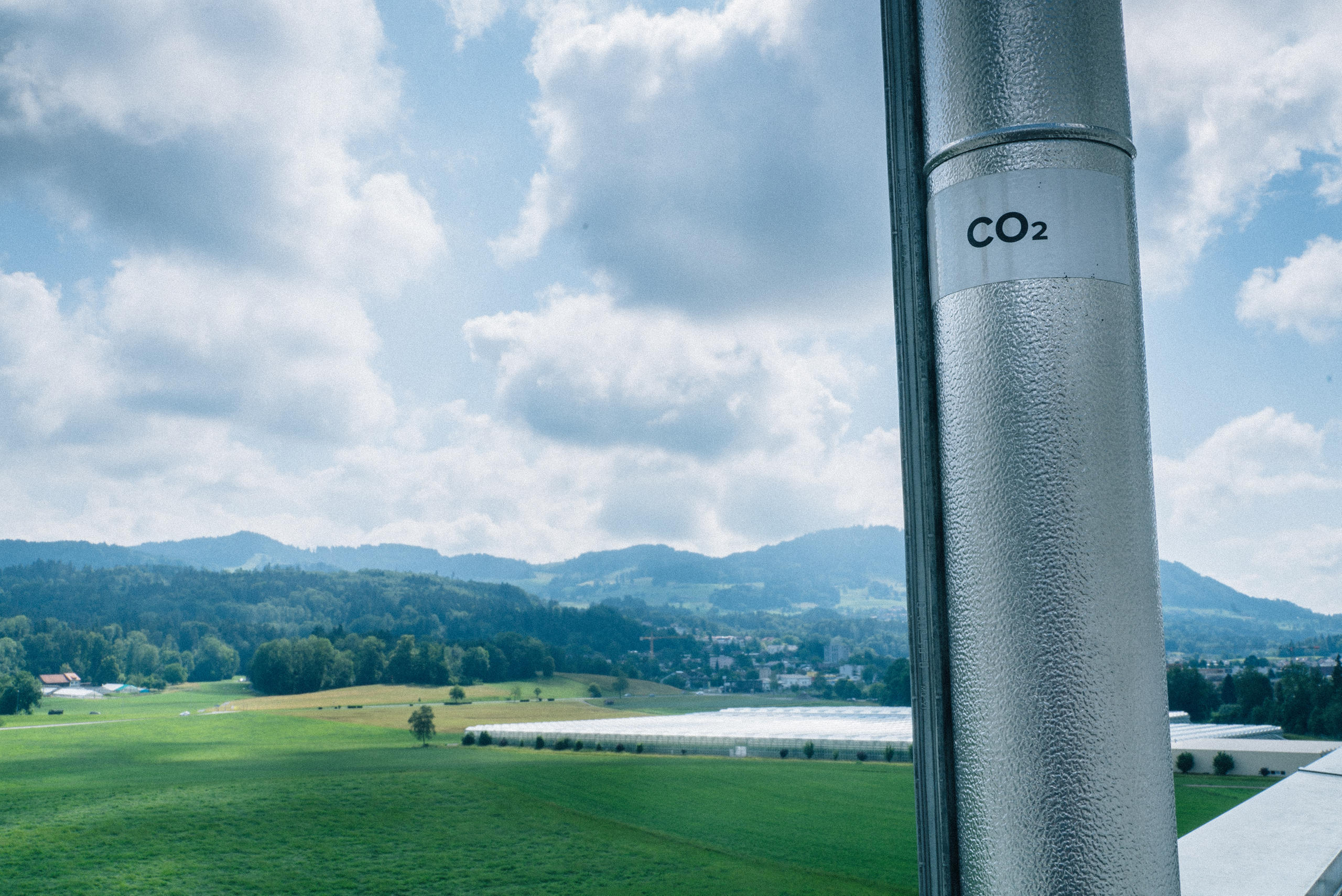Could geo-engineering help reverse climate change?
New technologies that block solar radiation or suck CO2 out of the atmosphere could help tackle global warming. Switzerland is hoping for an international assessment of the opportunities and risks of so-called geo-engineering.
Long considered an unlikely alternative to curb rising temperatures, geo-engineering has become a hot topic again, thanks to scientific progress and political momentum. Despite scientific reports and international agreements on climate change, CO2 emissions have remained stubbornly high.
Although there are strong doubts about its feasibilityExternal link, UN climate experts (at the IPCC) argue that climate engineering could represent a temporary “corrective measure”. Switzerland’s Federal Office for the Environment has said that the country would also prefer not to rely on a “risky emergency solution”. Nevertheless, it is necessary to have as many options on the table as possible to address climate change, the environment office stated in a recent publication.
In this context, Switzerland submitted a resolutionExternal link on “Geoengineering and its Governance” to the UN Environment Programme (UNEP) earlier this year. Franz Perrez, Swiss Ambassador for the Environment, told swissinfo.ch that “Some geo-engineering technologies could have global impacts. We therefore call for an international dialogue to better understand the risks and opportunities and to assess the need for a supervisory authority”.
He expressed hope that the resolution would be adopted at the UN environment assemblyExternal link taking place in Kenya this week with support from a dozen countries. However, during the assembly, the resolution requesting a detailed report on geo-engineering was withdrawn.
“We realised that we would not get a consensus. We nevertheless want to insist and have already begun to discuss the next steps with individual countries. We are convinced of the need for additional information on geo-engineering,” Perrez says.
Aerosols in the atmosphere and mirrors in space
Climate (or geo) engineering interventions can be classified into two main categories: the removal of CO2 from the atmosphere and the control of solar radiation reaching the Earth (Solar Radiation Management, SRM).
The first approach involves manipulating ecosystems to increase the amount of carbon dioxide absorbed by terrestrial and marine biomass. The spreading of iron sulphate on the surface of the oceans, for example, promotes the growth of algae that CO2 through photosynthesis.
One of the innovative geo-engineering solutions includes the use of “vacuum cleaners” to filter carbon dioxide from the air, an area being explored by Swiss start-up Climeworks. This video shows how such a filter works:

More
Inside Climework’s giant carbon dioxide hoover
In addition to the installation of giant mirrors in space, SRM technologies include increasing the reflectivity of the Earth’s surface, clouds and atmosphere. Among the most-studied and promising of these interventions is the introduction of aerosols into the stratosphere using aircraft, projectiles or balloons. The resulting effect would be comparable to that of a volcanic eruption.
Not science fiction
Who decides which technology to use? Who will take political responsibility and who will have technical control? Who will be held accountable for unforeseen collateral effects? These are some of the question marks surrounding geo-engineering which, unlike the techniques used for artificial rainExternal link, has long-term global impact.
“There is a risk that geo-engineering could be applied by someone without any international control, and we are very concerned about that,” Franz Perrez told Climate Home NewsExternal link.
“Some are already testing solar radiation management, scientific research is already going on. We cannot close our eyes anymore and say, ‘This is only science fiction’.”
Ideas to change the weather and climate: a history
1877: An American researcher proposes changing the direction of the Kuroshio ocean current through the Bering Strait. The goal: to increase Arctic temperatures by about 15° C.
1929: A German physicist suggests installing giant mirrors on a space station to concentrate solar radiation on the Earth’s surface and make the far north of the planet habitable.
1945: The Director of UNESCO notes the explosion of atomic bombs in the polar regions would cause an increase in the temperature of the Arctic Ocean and a warming of the climate in the northern temperate zones.
1967-1972: During the Vietnam War, the American army launches silver iodide into the clouds to extend the monsoon season.
1989: An American climatologist estimates that 2% of sunlight could be reflected with a space shield located in the Earth’s orbit.
2006: A Dutch chemist proposes emitting sulphur particles into the atmosphere to absorb part of the sun’s rays and lower the Earth’s temperature.
2010: Researchers at the University of Geneva succeed in creating artificial rain thanks to a laser capable of condensing water drops in the atmosphere.
Translated from French by Jessica Davis-Plüss, swissinfo.ch

In compliance with the JTI standards
More: SWI swissinfo.ch certified by the Journalism Trust Initiative

You can find an overview of ongoing debates with our journalists here. Please join us!
If you want to start a conversation about a topic raised in this article or want to report factual errors, email us at english@swissinfo.ch.